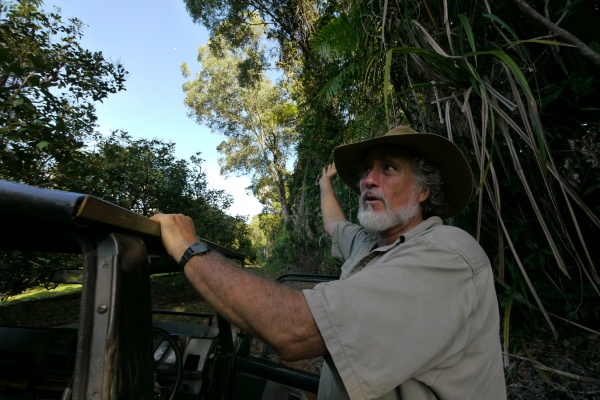Nature-Friendly Agriculture in the State of Queensland, Australia
24.05.2010
-
DATE OF SUBMISSION :
-
24/05/2010
-
REGION :
-
Australia and New Zealand
-
COUNTRY :
-
Australia (Queensland)
-
SUMMARY :
-
The State of Queensland, in north-east Australia, is one of the country’s most biologically diverse regions and home to the “world’s oldest rainforest in existence”. However, recent agricultural and forestry practices have fragmented the rainforest and reduced biodiversity. In response, numerous Australian conservation organizations have taken measures to ensure the sustainability of natural resources in the region. Here are some of the techniques that have proven effective in achieving this end: Retaining tropical rainforest in fruit farms shields from strong winds, protects fruit from extremely high temperatures, sustains a microclimate suited to cultivation, and conserves biodiversity. The animals inhabiting these forests play significant roles in growth of fruit trees, by consuming harmful pest and promoting pollination. Using a laser measurement device to flatten the ground in sugar cane fields in addition to utilizing shallow grass filled drainage ditches reduces the speed of run-off, to prevent soil erosion and nutrient outflow and to maintain soil fertility. Creating large-scale artificial lagoons in the plantations, where run-off can be collected, allows for recycling of accumulated nutrients into the fields, improving soil fertility and protecting river and coastal environments. Planting a variety of soil-retaining scrubs in the lagoons, ponds and wet areas forms green corridors, helps maintain them, and forms breeding grounds for endangered and migratory animal species as well as a variety of waterfowl.
-
KEYWORD :
-
rainforest, laser measurement, artificial lagoon, soil retention
-
AUTHOR:
-
Dr. Masatoshi Sasaoka is a researcher with experience in environmental anthropology and Indonesian studies. He was a Japan Society for the Promotion of Science postdoctoral fellow, worked as a researcher at the Center for Social and Cultural Studies, Indonesian Institute of Sciences from 2002-2005, and at the Forest Economic Research Institute from 2005-2008. After joining at the Japan Wildlife Research Center in 2008, he has been working on projects related to international cooperation for conservation and on the Satoyama Initiative. Dr. Ryutaro Ohtsuka graduated from Undergraduate and Master’s Courses of Biological Anthropology, Faculty/Graduate School of Science, the University of Tokyo, and worked in Human Ecology Department, Graduate School of Medicine of the same university until March 2005. From April 2005 to March 2009, he served for the National Institute for Environmental Studies as the President. He joined the Japan Wildlife Research Center in April 2009 and, since July, has been the President. His research has been focused on human–environment interactions in local ecosystems in Asia and Oceania.
-
LINK:







